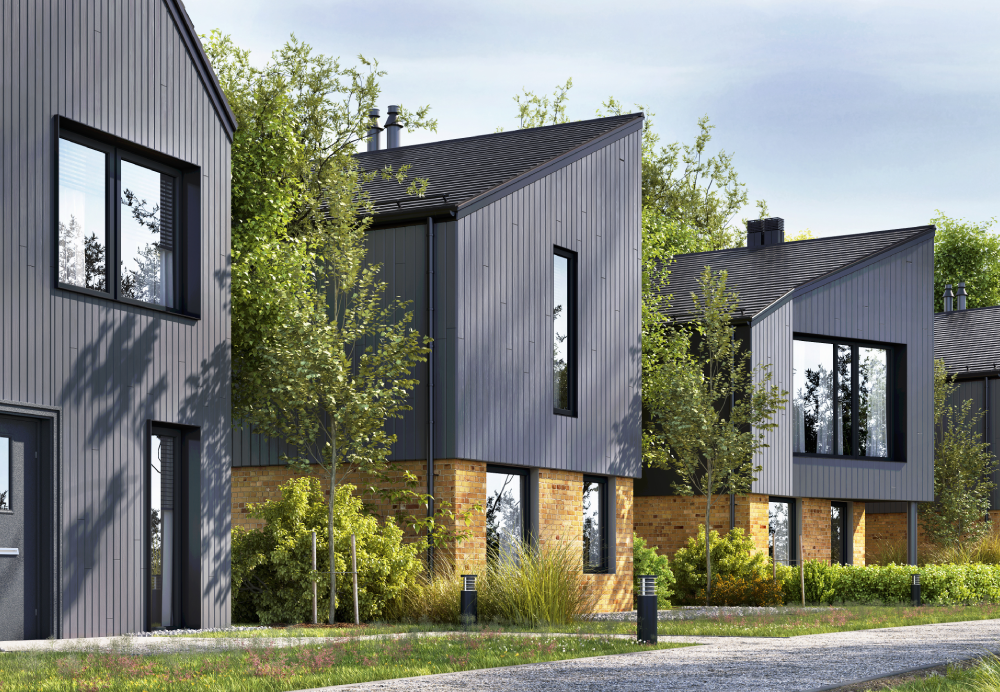
Modular Housing in Disaster Response: Assessing Its Role
When disaster strikes, the need for rapid and efficient shelter solutions becomes paramount. This is where modular housing in disaster response steps in as a crucial component for addressing urgent housing needs. These prefabricated units can provide quick shelter to those affected by natural disasters while also serving as long-term housing solutions.
As our understanding of climate events and their impacts on communities evolves, so too does the approach towards creating resilient towns. Modular housing offers an innovative solution that adapts to these challenges effectively. In this article, we will explore how this approach can transform the way we think about shelter during crises.

Understanding Modular Housing
Modular housing refers to buildings constructed using prefabricated sections (modules), which are then transported to the disaster site for assembly. These homes often become indispensable during emergencies due to their adaptability and speed of construction.
What Are the Key Features?
Some notable features include:
- **Flexible design** for various environments
- **Rapid construction** and deployment
- They are **eco-friendly**, ensuring sustainability
How Do They Differ from Traditional Housing?
Unlike traditional housing, modular buildings are assembled on-site from pre-built parts. This method reduces construction time significantly, which is integral during emergencies.
Benefits of Modular Housing in Crisis Situations
Immediate Sheltering Solutions
During disasters, immediate shelter becomes critical, yet challenging. With modular housing, homes can be quickly set up to accommodate displaced families, ensuring minimal delay in providing protection.
Cost-Effective Solution
Because production occurs in a controlled environment, costs are lower than traditional builds, allowing more funds to be directed towards other relief efforts. For more on benefits, consider exploring this guide.
Environmentally Friendly Design
These homes incorporate **sustainable materials**, contributing to reduced environmental footprints. For a deeper dive into building environmentally friendly and climate-resilient homes, you can explore more here.
Challenges in Deploying Modular Housing
Logistical Barriers
Transporting and assembling the modules requires logistical coordination, which can be complicated by ongoing disaster conditions. However, proper planning can alleviate some of these concerns.
Initial Setup Costs
Despite their affordability, initial setup costs for production could be a barrier in some regions, especially where resources are limited.
Future of Modular Housing in Disaster Response
Innovative Technological Integration
As technology advances, so does the adaptability and efficiency of modular homes. Incorporating smart technologies can make these homes even more beneficial. Explore smart gadgets for modular homes here.
Global Adoption and Implementation
Governments worldwide are recognizing their potential and investing in these solutions, promising a future where disasters are met with rapid and effective housing responses.
Case Studies
Reconstruction After Hurricane Katrina
The aftermath of Hurricane Katrina presented a dire need for fast shelter solutions. Modular housing offered a quick and efficient approach that inspired broader use in subsequent disaster efforts.
Typhoon Haiyan in the Philippines
Following the 2013 destruction, modular homes provided essential refuge, showcasing their capability in handling tropical climates.
Conclusion
Modular housing in disaster response presents a promising solution to the pressing need for emergency shelter. Through leveraging technology and innovative designs, these structures offer hope and resilience this era. For those interested in preparing their land for such future-proof solutions, visit prep your land for insights.

FAQs
What makes modular homes ideal for disaster response?
Their rapid deployment, cost-efficiency, and adaptability to various environmental conditions make them ideal for emergency situations.
Are modular homes sustainable?
Yes, they often use eco-friendly materials and are designed to minimize environmental impact.
How quickly can modular housing be deployed after a disaster?
Depending on the logistics and scale, modular housing often deploys within weeks, offering swift relief.
This article contains affiliate links. We may earn a commission at no extra cost to you.